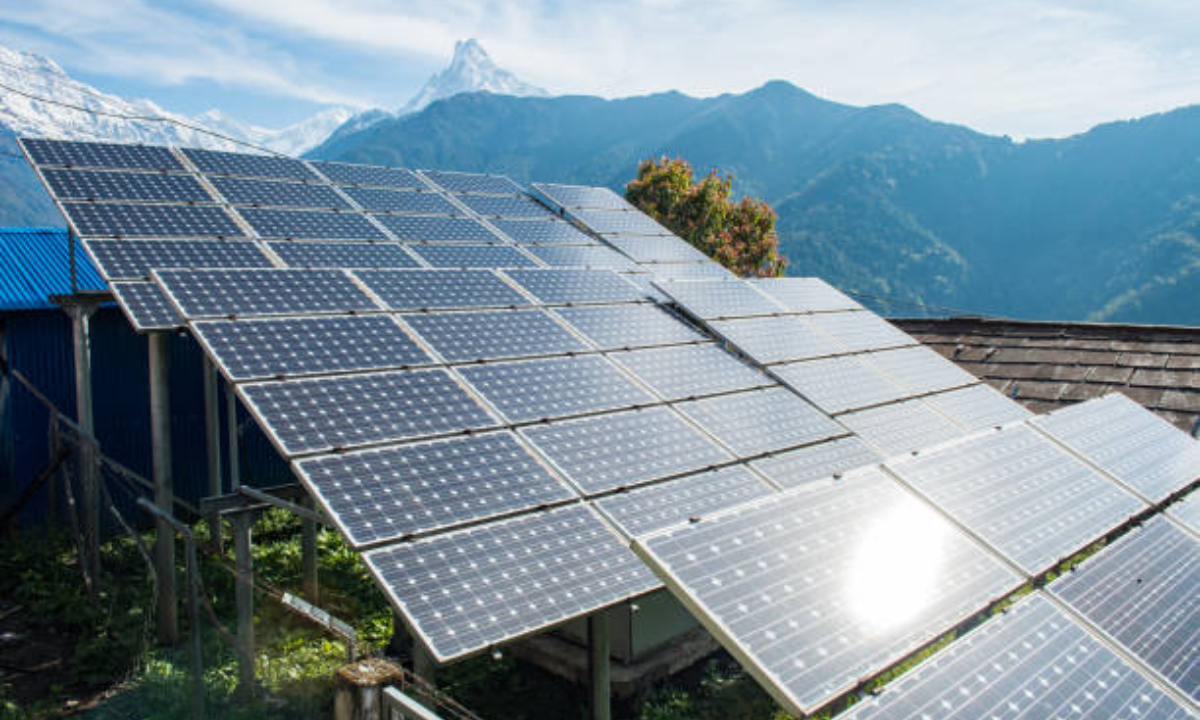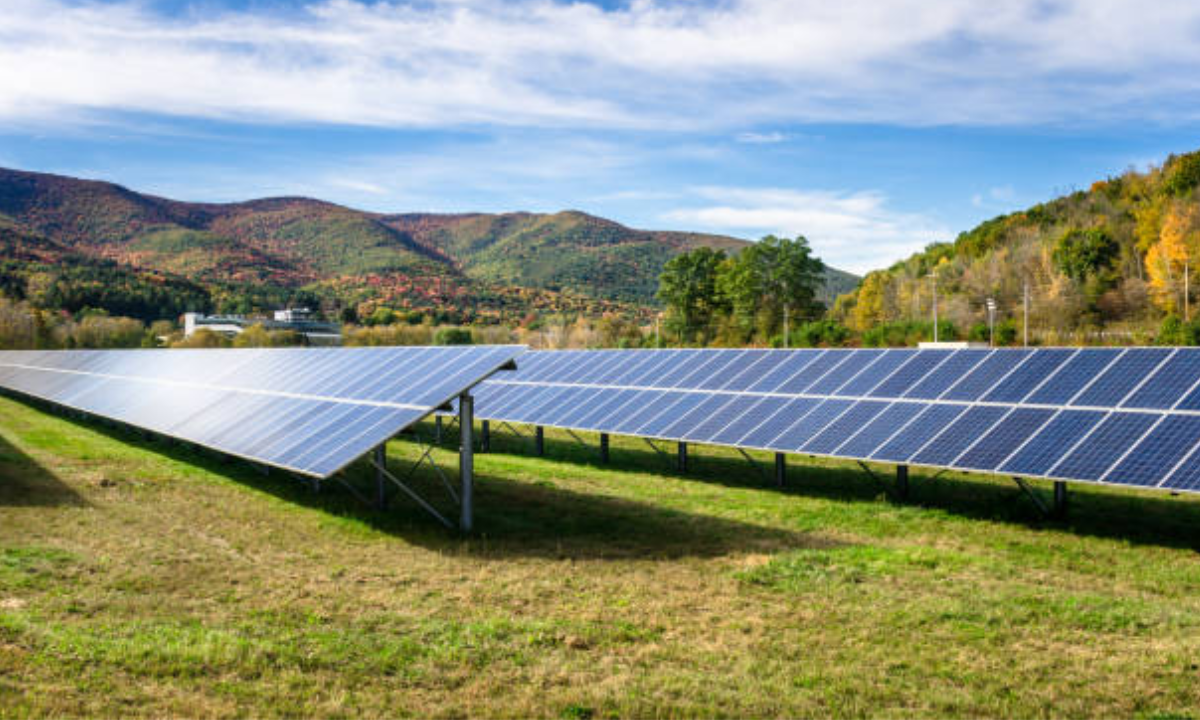Harnessing solar power has emerged as a convenient option among homeowners, businesses, and communities who want to cut down on the costs of electricity bills and minimize their carbon footprint. Such a mounting structure is one of the most crucial elements of any solar installation. The mounting of your panels determines their efficiency, durability, and safety. In this article, we will give you a step-by-step guide on how to select the best mounting structure for your solar project.
What is So Special About the Mounting Structure?

The solar panel mounting structure is more than a panel holder frame. It is also imperative to resist weather conditions and the orientation of the panels at the desired angle, as well as optimize the production of energy. Moreover, a properly selected structure can guarantee the longevity and credibility of the whole solar system.
Types of Mounting Structures of the Solar Panels
The choice of an adequate mounting strategy will mainly depend on the place, the size, and the type of the point of installation. These are some of the Mounting Structures for Solar Panels.
1. Roof-Mounted Structures
The solar rooftop mounting structure is the most widespread one in households. This sort secures panels broadly on your rooftop, yet they are out of sight and space-saving. The solar panels are slanted to face the greatest sunlight throughout the day.
2. Ground-Mounted Structures
Solar ground mounting structure may be just appropriate when there is little or unavailable space. They are raised to be on the ground, mostly in a yard or surplus land, making these big systems and their maintenance more easily accessible.
3. Pole-mounted and Tracking Structures
Flexibility is needed in some projects, particularly where there is shade or an obstruction that may block some sun at some time of the day. Tracking structures pole pole-mounted or other, can be set up to track the movement of the sun to enhance energy production.
What to Take Into Account When Selecting Your Solar Mounting Structure
Not all projects need identical kinds of mounting structures. You should take into consideration the following before making a decision:
1. Availability of space and Place
The first one is to assess the space available. When the roof is comparatively strong and free of obstructions, in case it faces the sun, the first option will be a solar rooftop structure of mounting. In other cases, a ground solar panel mounting structure can be installed in longer houses or houses with weak roofs.
2. The orientation and the strength of the roof.
Make sure your roof can hold the weight of the panels and the climbing hardware. An optimum exposure to the sun should also be possible by placing it in a certain orientation and slope. The optimality of a solar panel structure is never going to substitute shaded or wrong location.
3. Nature of foundation
Solar panel structures may be permanent (stationary), or movable. The fixed types are simpler and cheaper to install, but one can change the angle of the panels to optimize usage at different times of the year with the adjustable structures.
4. Weather and direction of wind.
The solar module mounting structures should be able to sustain the worst weather conditions in your location. Poor quality or bad design mounts can be severely tested by high winds, snow loads, and heavy rains. Make sure the mounting structures are certified in your local , and always prefer them.
5. Cost and budget
The difference between the cost of roof, ground, and tracking systems can be very notable. There has to be a balancing act between your budget and your long-term energy objectives. It is just to remember that decent structures on panels will save the investment you have made in years.
Rooftop vs. Ground Mount comparison
To get more details on Rooftop vs Ground Mounted Solar Panel Structures:
Rooftop Mounting
Pros: Space saving, is usually easier and quicker to install and has less exposure to theft or damage.
Drawbacks: They can be inflexible to all types of roofs, can make the process of roof repair much more complicated, and in most cases, difficult to clean or service the panels.
Ground Mounting
Pros: Less dirty and harder to clean, can handle bigger installations, and can be placed at ideal angles to absorb sunlight.
Drawbacks: Will take up more space, possible extra permitting required, and chances of shading in case of any nearby vegetation or building.
Solar panels Mounting Sturdy Materials and Durability
A solar panel mounting structure is generally aluminum, stainless steel, or galvanized steel. Aluminum is also lightweight and does not corrode easily; hence, its popularity in residential applications. Even though stainless steel is much heavier, it is exceptionally long-lasting and can be used in more severe conditions or construction.
Whichever material you settle on, ensure that they are certified and specifically for solar use. The use of sub-standard materials can rust or wear off with time, putting your investment in jeopardy.
Considerations about installation and maintenance
Proper installation is as crucial as choosing the structure. Mounting structures of the solar modules should be secured, abiding by construction codes and manufacturers’ requirements. Against installation, the panel can be damaged, moved, or even detached through incorrect installation.
When installed, your system maintains fair performance through regular observation. Make sure that there are no loose bolts, rust, or wear around. The preservation of your mounting structure increases its effective life and provides constant best results.
Aspects of Regulation and Permitting
Before setting up the solar panels and their system of mounting, it is mandatory to have permits in most regions. Find out the latest local rules and regulations put in place by checking with local authorities and your installer. There are even guidelines in some areas with regard to the height, the position, and even the aesthetics of the structures mounting the solar panels.
When to Seek Professional Advice
The selection of a proper solar panel form is an important decision. In case of doubt, it would not be a bad idea to talk with an expert in solar contracts. They can evaluate your site, advise proper solutions to it, and also ensure that your installation is safe and matches your performance needs.
Conclusion: How to make the Best Decision relating to Your Solar Project
A successful solar project lies in the right mounting system. Now, as to what you choose, the only thing we can suggest is that when it comes to solar mounting structure always the most appropriate choice is the type that suits your site, climatic conditions, and affordable cost and that is the safest bet for any solution that will serve well for the years to come.
Issues in solar panel structures can easily be prevented by proper planning with thorough installations. No matter what your course, keep in mind that your energy independence is anchored on sound and quality solar module mounting structures.
Regarding your requirements, the nature of the site, and the available options, it is feasible to decide on the most appropriate solar panel mounting structure to choose from in the next project.
Shobha Globs is a reputable company that produces long-lasting and quality solar panel mounting structures that can endure different effects of the environment, besides optimizing the level of exploitation of energy exploitation.

